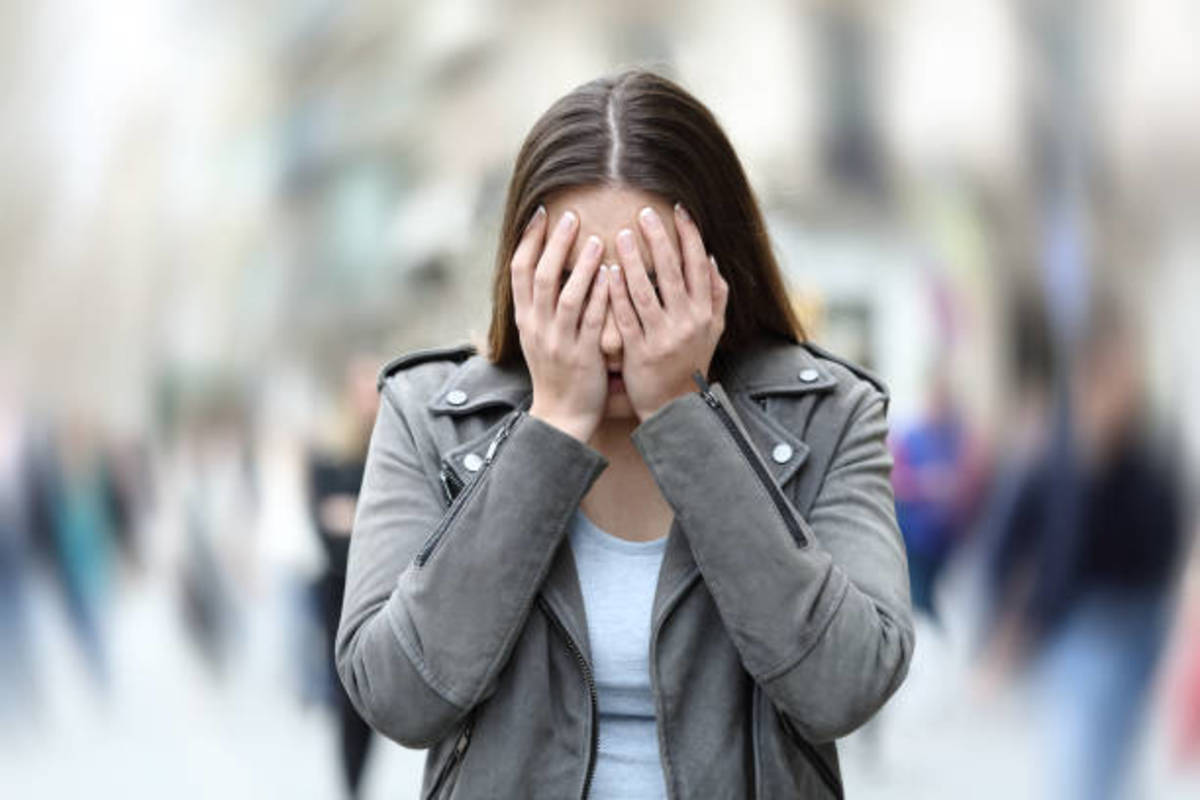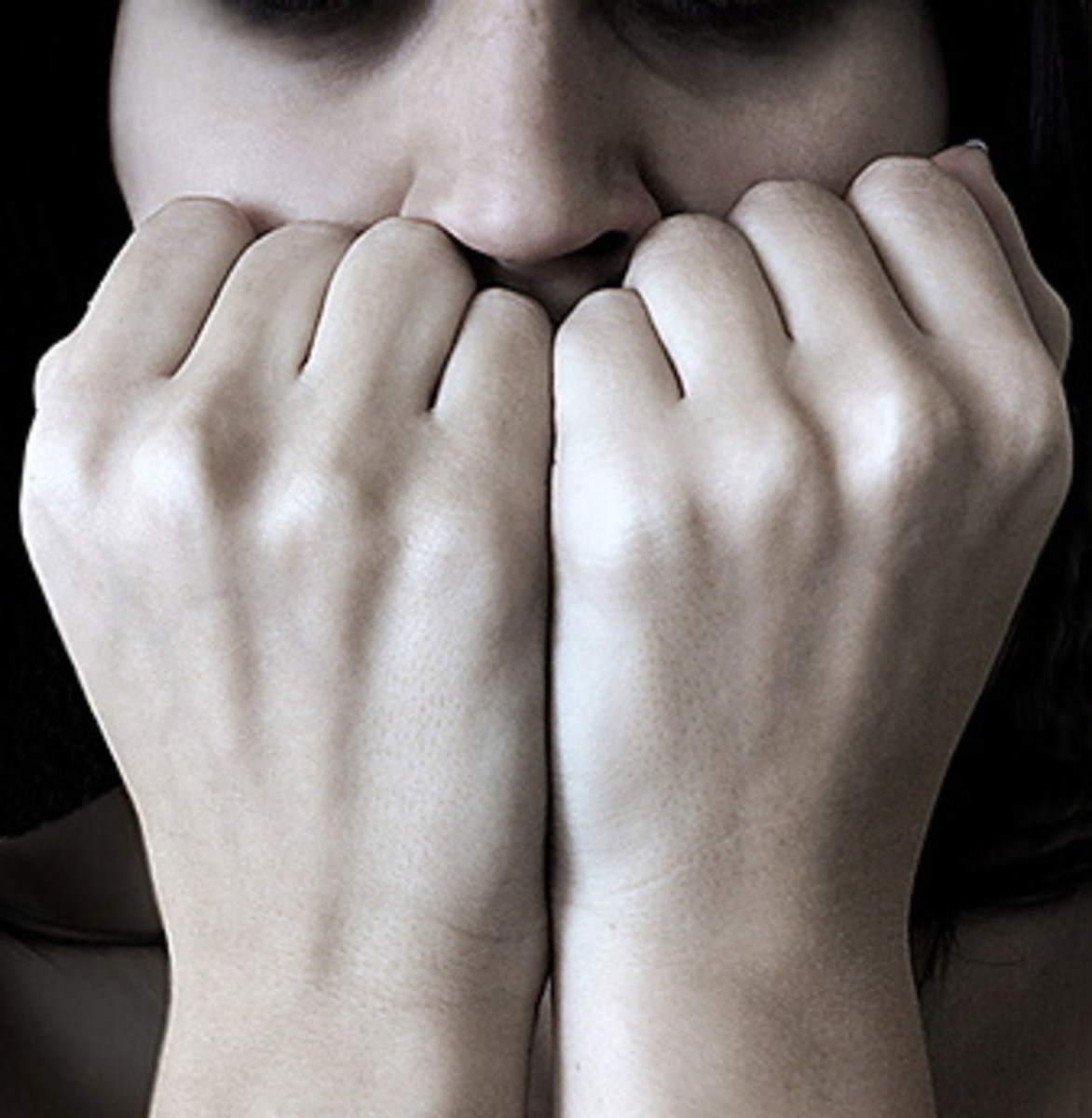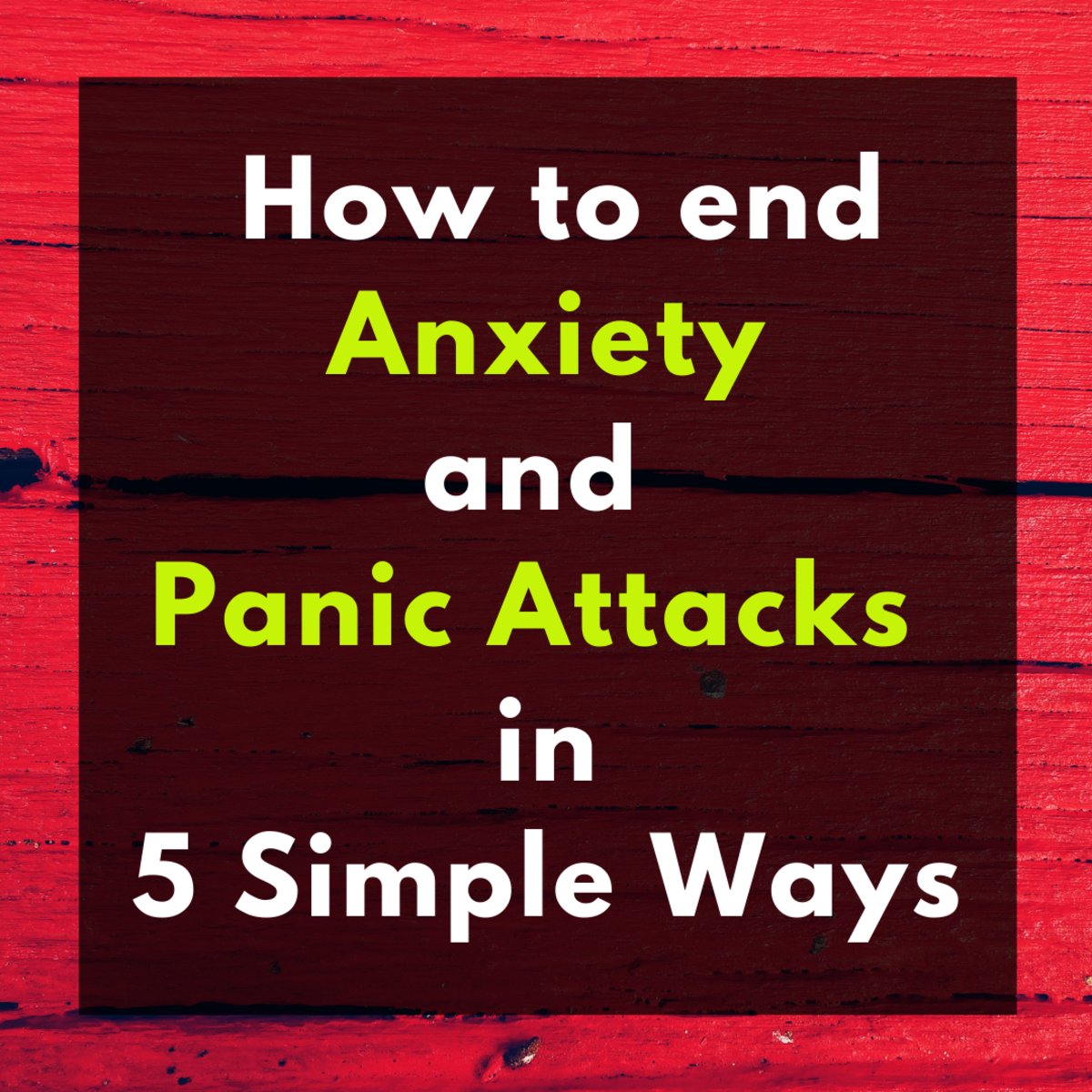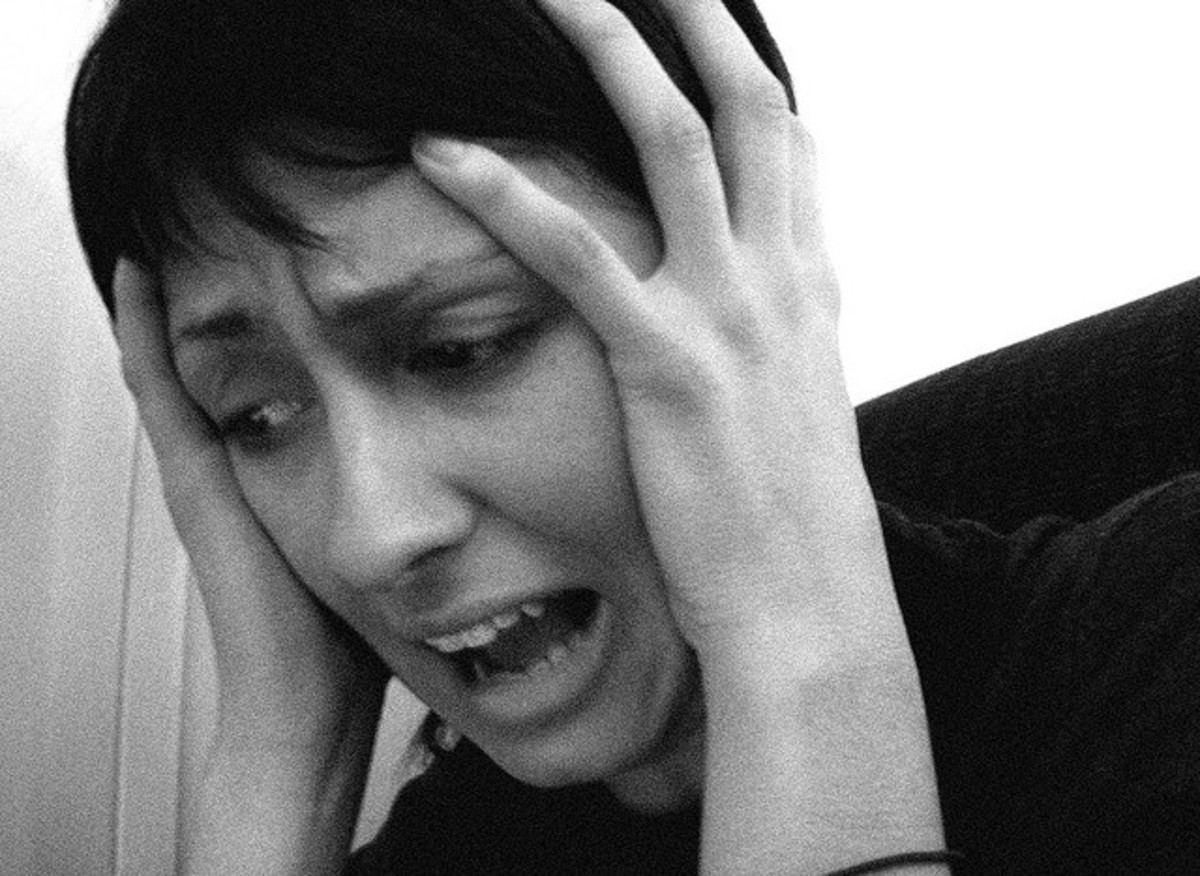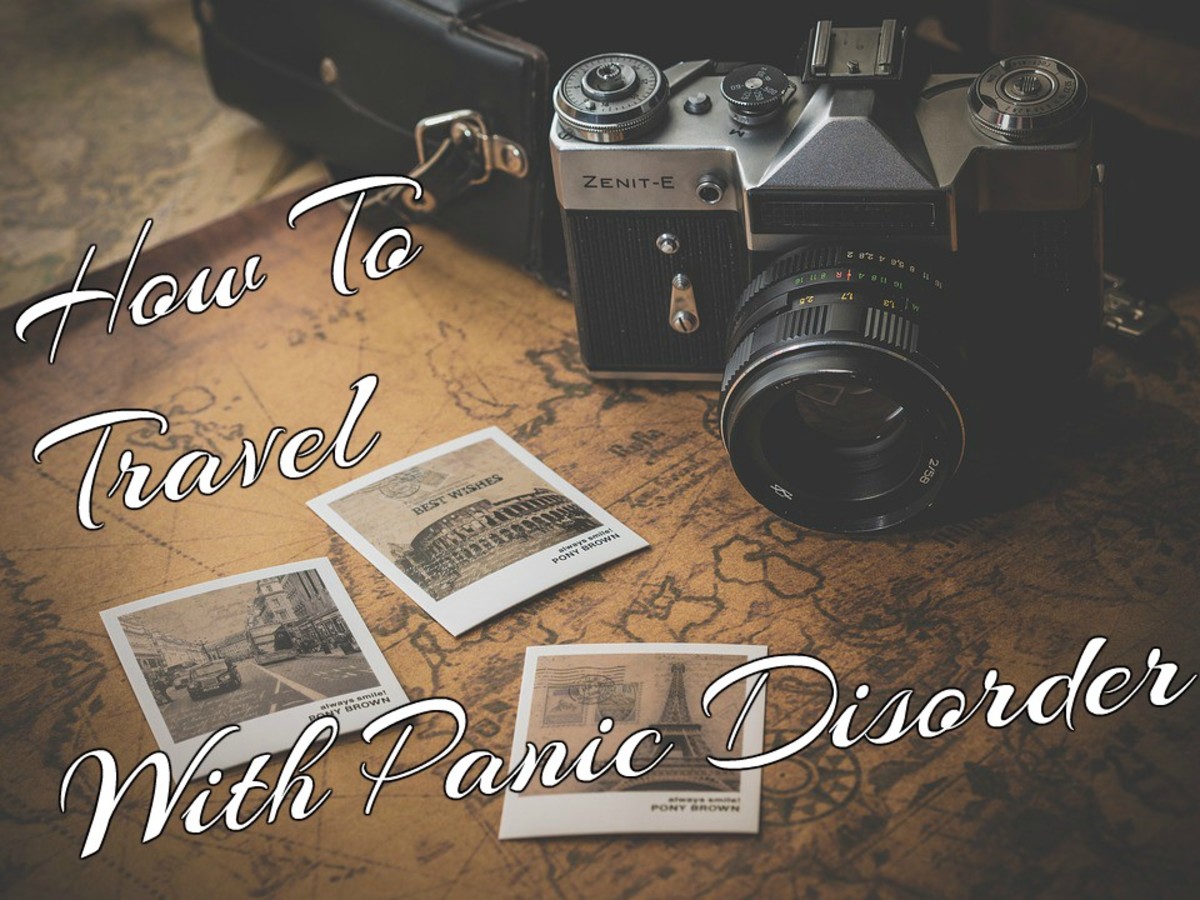- HubPages»
- Health»
- Mental Health»
- Anxiety Disorders
Let's Discuss: Panic Disorder
Have you ever felt suddenly so anxious and fearful that you find it difficult to breathe?
Have you ever felt this way for no apparent reason whatsoever?
Panic disorder sufferers experience recurring panic attacks, but have no idea why. Although it is not yet known what causes panic disorder in people, it is estimated that 2.7% of the population will experience it at some point in their lives. If left untreated, panic disorder can get worse and manifest in the form of obsessive compulsive disorder (OCD) and phobias.
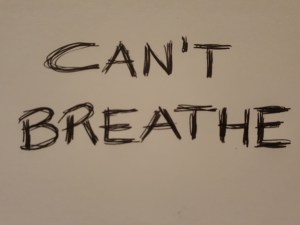
Fight or Flight
Over thousands of years, the human body has learnt to automatically respond to what it may consider a dangerous situation. My second CBT counsellor explained it perfectly for me when I discussed my panic attacks with him:
Consider yourself living in the Stone Age. You are walking back to your cave, only to find yourself face to face with a bear. You may find that your pulse is racing, your breathing has quickened, and you’ve tensed up. Two choices are up for grabs: you can either fight the bear (if you dare), or run for your life.
The symptoms you are experiencing are the result of the body’s fight-or-flight response; your body is essentially in Survival Mode. Your heart is pumping blood to your body faster, your breathing has quickened in order to oxygenate the rush of blood faster, and as a result your muscles are tense and ready for whichever choice you make. You’ve probably also lost your appetite, because your body knows that this isn’t the time for eating. And you might suddenly need an instant toilet break because it’s easier to run if you’re as light as possible.
This series of automatic responses can be very useful in the case of an attack. However, they are considerably less so in the event of an exam or a presentation. I experience a fight-or-flight response to every exam and presentation I have to face. Exams and presentations are bears according to my body.
That’s the problem with panic attacks – they are automatic, but not necessarily an accurate response to a situation.
So that is essentially what a panic attack is – an automatic reaction to a danger, regardless of how life-threatening the “danger” actually is.
How does Panic Disorder differ?
In the case of panic disorder sufferers, panic attacks can occur at any moment without any trigger. These panic attacks can vary in intensity and frequency, and can be terrifying to endure. The body experiences a flurry of psychological and physical symptoms (overwhelming anxiety, nausea, uncontrollable trembling, heart palpitations, etc), but has no idea why. They don’t know what the bear is.
Leaving panic disorder untreated in the hopes that it will go away on its own can make things significantly worse. It can lead to the development of other types of anxiety disorders, including obsessive compulsive disorder (OCD) and phobias – especially social phobia and agoraphobia. Sufferers become so anxious in anticipation for their next panic attack that they start to avoid more and more situations to prevent them from occurring. This can very quickly lead to isolation and increase the chances, or severity, of clinical depression. Needless to say, it is important to seek treatment as early as possible.
Treatment Options
Discussing your panic disorder with your GP is the best way to find out what treatments are available for you.
The most common option presented is cognitive behavioural therapy (CBT). CBT counselling courses work to help you find ways to challenge negative thoughts and change unhealthy behaviours to prevent future panic attacks. It’s important to note that it may take more than one course of CBT to start to feel able to successfully prevent panic attacks on your own, and at first you won’t succeed in preventing a panic attack every time. And you have to remember that that is okay. Just take it one step at a time, and be patient with yourself – after all, you are basically working to change your default settings. Your counsellor will always be there to remind you about this as well.
Another option is antidepressants or anti-anxiety medication. These can be taken alongside the CBT, or just on their own, although your GP will probably suggest the former. It’s important to have regular check ups with your GP to discuss how the treatment is going and make any tweaks if required.
In terms of ways that you can help yourself at home, look into improving your lifestyle. Cutting down on caffeine, I can assure you, helps a great deal – take it from a recovering energy drink guzzler! Healthy eating and regular exercise are the usual two suggestions, and for good reason too. Sure, you’ve heard it a million billion times, but that’s because it does improve your mental wellbeing.
For more information on panic disorder, or to find out more about a different anxiety disorder, go to helpingminds.com. This is a recently launched project dedicated to anxiety disorders. The aim is to increase awareness and provide additional support for those struggling with an anxiety disorder. It’s a fantastic site, so do check it out.
And in the meantime, keep smiling. You’re awesome.
© 2017 Claire Miller

